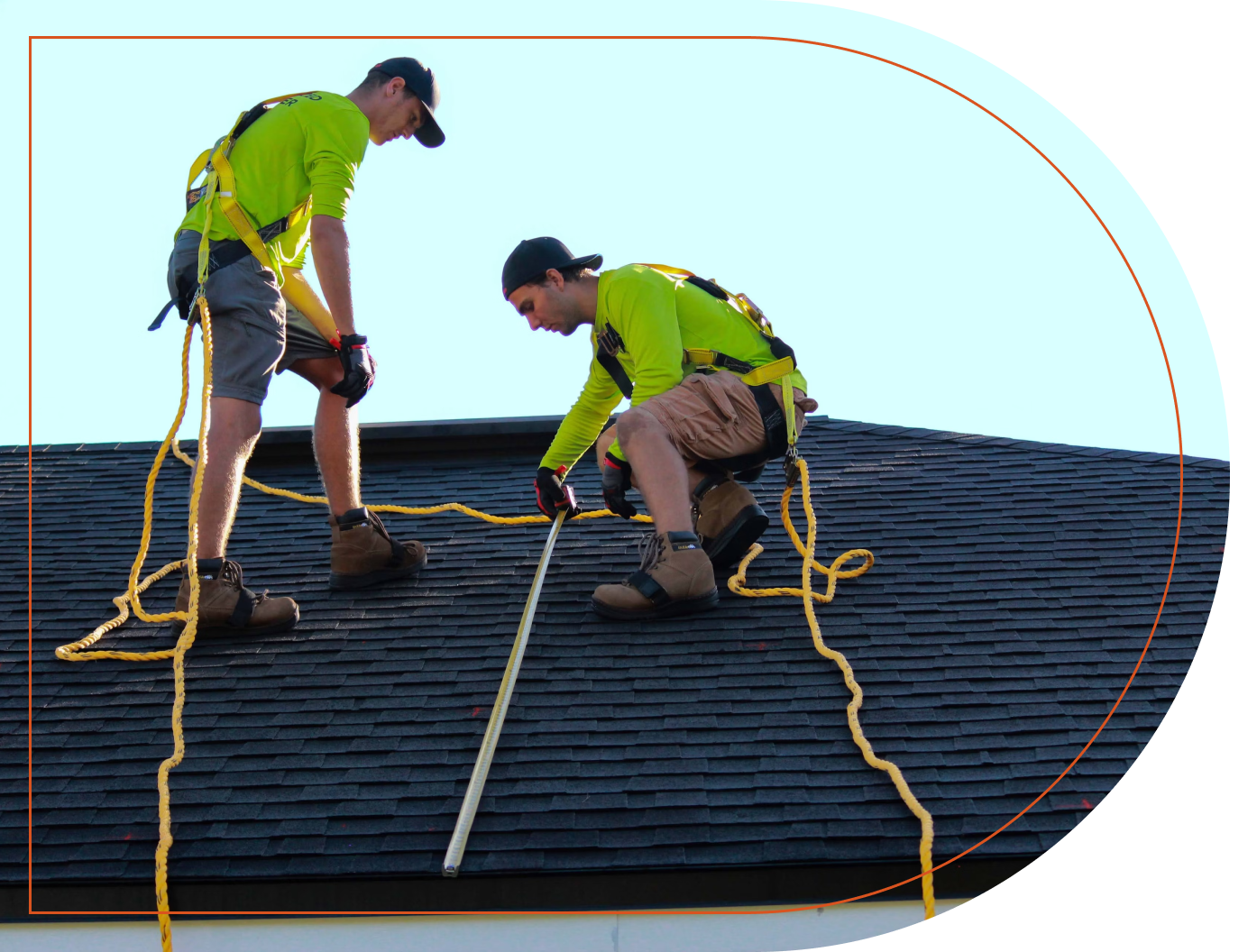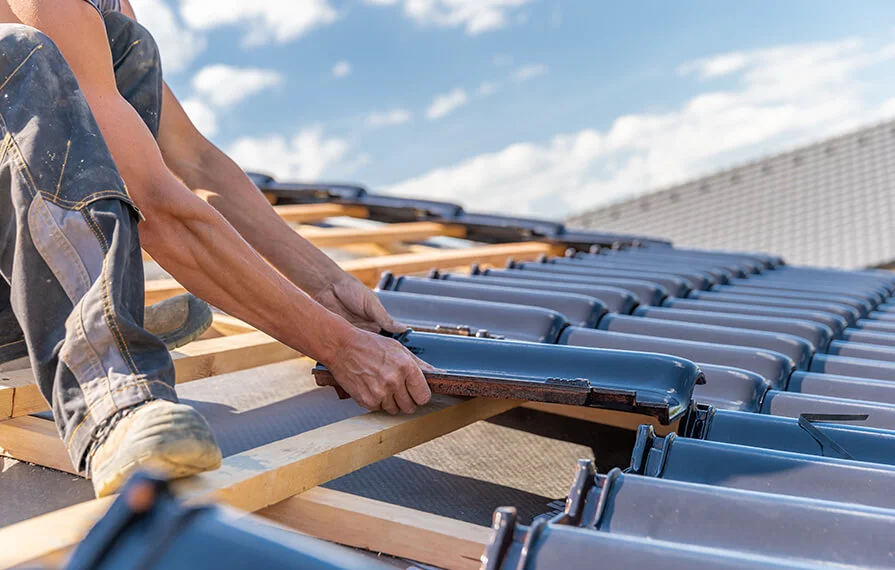Affordable Flat Roof Installation in Cuyahoga Falls to Enhance Your Property’s Value
A Comprehensive Overview to Effective Roof Covering Flat Roof Installation
The complexities of flat roof installation demand a precise method, starting with an extensive understanding of different flat roofing system types and the essential products required for optimal performance. A successful setup hinges not only on the choice of materials however additionally on the prep work and implementation of each action included in the procedure. As we discover the critical stages from prep work to upkeep, it comes to be evident that overlooking even small information can substantially impact the roofing's durability and performance. What particular techniques can ensure a seamless installment that endures the test of time?
Understanding Apartment Roofing System Kind
When thinking about flat roofings, it is necessary to recognize the different kinds offered, as each offers distinctive benefits and disadvantages tailored to specific requirements. One of the most usual kinds of level roofs include Built-Up Roof covering (BUR), Changed Bitumen, and Single-Ply membrane layers.
Built-Up Roofing includes multiple layers of asphalt and gravel, providing exceptional durability and climate resistance. It is particularly useful in areas susceptible to severe weather yet may need even more maintenance because of its intricate building.
Changed Bitumen is a prominent selection for its convenience of installation and versatility. It often employs a torch-applied or self-adhesive approach, which can be advantageous for quick repair services and long-term performance. However, its life expectancy can be much shorter contrasted to BUR.
Single-Ply membrane layers, including Thermoplastic Olefin (TPO) and Ethylene Propylene Diene Monomer (EPDM), are identified for their light-weight nature and power efficiency. These materials are usually preferred for commercial buildings due to their cost-effectiveness and simplicity of installment (Cleveland Roofing Specialists). Nonetheless, they may not provide the same level of insulation as various other choices.
Each roof covering kind calls for mindful consideration based on climate, budget plan, and certain project needs.
Vital Materials for Flat Roofing
A variety of necessary products are vital for the effective setup of flat roofing systems. The option of materials straight influences longevity, efficiency, and general efficiency.
One of the primary products is the roof covering membrane, which can be built from various substances such as polycarbonate polyolefin (TPO), ethylene propylene diene monomer (EPDM), or PVC. Each kind uses distinct advantages, including UV resistance and adaptability, which are crucial for extended performance.
In addition to the membrane layer, insulation materials play a significant role in power effectiveness. Stiff foam boards or polyisocyanurate insulation are popular choices, as they supply exceptional thermal resistance and moisture monitoring.
In addition, roof covering adhesives and sealants are important for ensuring a water tight installation. These products must be suitable with the selected membrane layer to stop wear and tear in time.
Preparing for Setup
Correct preparation is vital for an effective flat roofing installation, as it lays the groundwork for a long lasting and reliable roof system. Begin by performing a comprehensive assessment of the existing roof covering structure.
Next, collect all essential tools and materials, guaranteeing that they satisfy industry requirements. This consists of water-proof membrane layers, insulation, flashing, and bolts. Familiarize on your own with the maker's requirements, as adherence to these standards is crucial for warranty purposes.
Furthermore, guarantee that the job location is free from particles and blockages to facilitate efficient and safe installation. Think about climate condition; avoid installation during heavy rainfall or extreme temperatures, which can affect material efficiency. Notify any kind of owners of the structure regarding the future job to ensure safety and minimize disruptions. By taking these primary actions, you can boost the likelihood of an effective level roofing setup that meets both architectural and visual needs.
Step-by-Step Setup Refine
With the groundwork developed through thorough preparation, the next stage involves performing the flat roofing system setup methodically. Begin by guaranteeing that the structural deck is clean and cost-free from particles. Next off, set up a vapor barrier to avoid wetness build-up beneath the roofing material. This action is important for keeping the roof covering's integrity over time.
Complying with the vapor obstacle installation, put down insulation boards, ensuring they more fit firmly together to minimize thermal connecting. Secure the insulation with ideal fasteners based on the roof covering kind and regional building ordinance. When the insulation remains in area, it's time to use the roof covering membrane. Depending upon the chosen product-- such as TPO, EPDM, or customized bitumen-- mount the membrane according to the producer's requirements.
Make sure correct overlap at joints and edges to create a watertight seal. Use adhesives, mechanical fasteners, or warmth welding as needed. Finally, install flashing around borders, vents, and any roofing penetrations to enhance waterproofing. After installment, perform a detailed examination to identify any prospective issues before wrapping up the project, making certain a robust and reliable level roof covering system.
Maintenance Tips for Durability
Routine maintenance is important to guarantee the long life and performance of a flat roofing. Among the main tasks is to conduct regular evaluations at the very least two times a year, ideally in springtime and fall. During these examinations, seek indications of wear, such as blisters, splits, or pooling water, which can show underlying concerns.

Making certain proper drainage is crucial to stop water buildup. Check and clear rain gutters, downspouts, and scuppers to ensure unhampered water flow. In addition, examine seals around vents, skylights, and other infiltrations for any kind of indicators of deterioration, using caulk or sealer as required to keep a watertight barrier.
Lastly, think about specialist upkeep solutions every couple of years for thorough inspections and repair services. By sticking to these maintenance pointers, you can considerably prolong the life of your level roofing, guaranteeing it continues to be a reliable shield against the aspects.
Final Thought
Efficient level roofing system installment demands an organized strategy incorporating detailed examinations, material choice, and careful prep work. Following the described steps during the installation procedure makes certain the correct application of roof covering membrane layers and insulation while improving waterproofing with efficient flashing installment. home In addition, applying routine maintenance practices significantly adds to the durability of the roof system. By complying with these guidelines, a trusted and long lasting flat roof solution can be attained, with the ability of enduring numerous environmental conditions.
The intricacies of level roof setup need a precise strategy, beginning with a thorough understanding of various level roof types and the essential products needed for ideal performance.Correct preparation is crucial for a successful level roof covering installation, as it lays the foundation for a durable and efficient click over here now roof system. After installment, conduct a detailed inspection to determine any kind of possible issues prior to wrapping up the task, ensuring a robust and reputable level roof covering system.
